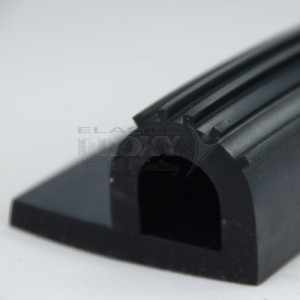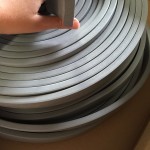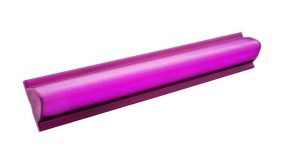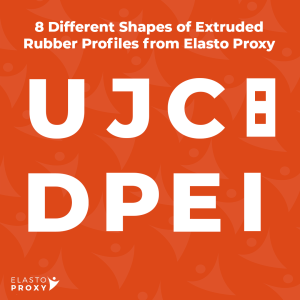EPDM Rubber Gaskets for Sealing and Insulation

When is EPDM rubber the right choice for sealing and insulation? EPDM seals and gaskets are used widely with vehicles and equipment, but this synthetic elastomer has unsatisfactory resistance to gasoline, diesel fuel, and motor oil. EPDM’s advantages are numerous, however, and this cost-effective compound is often a better choice than silicones – especially in outdoor environments.
If you’re wondering whether EPDM is the right choice for your sealing and insulation application, Elasto Proxy invites you to take a closer look at this M-class elastomer. The M in M-class indicates that EPDM is part of ASTM D1418, a common specification for characterizing rubber compounds. Often, design or product engineers use ASTM specs to designate the rubber material on a part drawing.
In this article, we’ll examine EPDM’s advantages and applications. We’ll also consider its disadvantages – and consider how EPDM rubber compares to some other materials. Finally, we’ll look at how EPDM is supplied and fabricated. (more…)

 How is silicone rubber used for sealing and insulation? Silicones have valuable properties, but engineers need rubber that meets specific requirements. If you’re wondering whether silicone seals, gaskets, or insulation are the right choice for your application, consider some of the uses for this versatile polymer. The examples you’ll read about aren’t the only uses for silicone, but they’re representative.
How is silicone rubber used for sealing and insulation? Silicones have valuable properties, but engineers need rubber that meets specific requirements. If you’re wondering whether silicone seals, gaskets, or insulation are the right choice for your application, consider some of the uses for this versatile polymer. The examples you’ll read about aren’t the only uses for silicone, but they’re representative.  TPE profiles are replacing EPDM rubber in applications such as mobile equipment, food equipment, and infrastructure. Unlike EPDM, thermoplastic elastomers (TPE) are recyclable. That’s especially important in Europe, where manufacturers are moving away from petroleum-based materials.
TPE profiles are replacing EPDM rubber in applications such as mobile equipment, food equipment, and infrastructure. Unlike EPDM, thermoplastic elastomers (TPE) are recyclable. That’s especially important in Europe, where manufacturers are moving away from petroleum-based materials.






